According to NASA, the “Wolf Moon,” as referred to by the Farmer’s Almanac, will be fully visible to the naked eye for three days from the evening of Sunday (January 16) to the morning of Wednesday (January 19).
This moon phase also marks the last day of the Shakambari Navratri festival in the Hindu calendar, celebrating the goddess Shakambari, who represents nourishment.
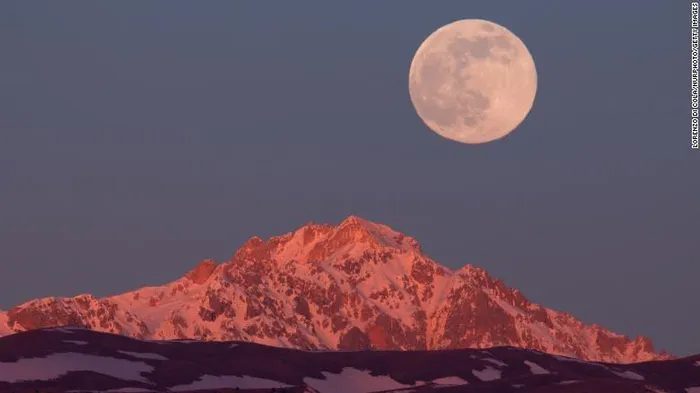
The Wolf Moon setting behind Monte Prena in Gran Sasso d’Italia National Park. (Source: AFP)
For those using the lunar calendar in Asia, this is the last moon of 2021, while in Europe, it is referred to as the first moon of 2022. The next new moon on February 1 will mark the beginning of 2022 according to the Chinese calendar.
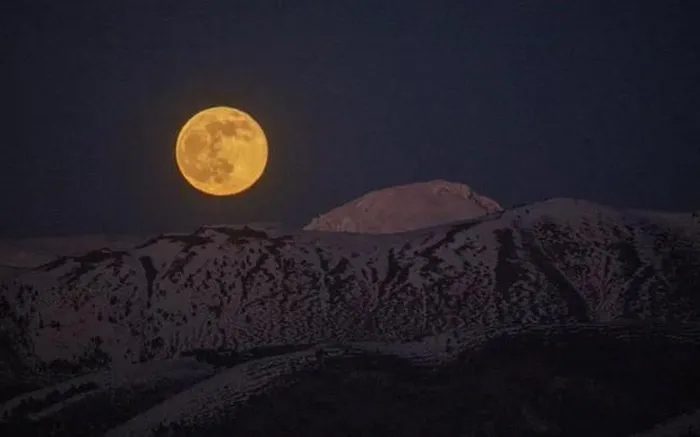
In the West, the first moon of 2022 is called the “Wolf Moon”. (Source: Internet)
This full moon will also coincide with the moon’s perigee, the point in its elliptical orbit when it is closest to Earth. On the night of the full moon, twilight will end at 6:14 PM, setting the stage for an impressive full moon half an hour later.
Additionally, the bright star Pollux, part of the Gemini constellation, will be visible near the full moon.
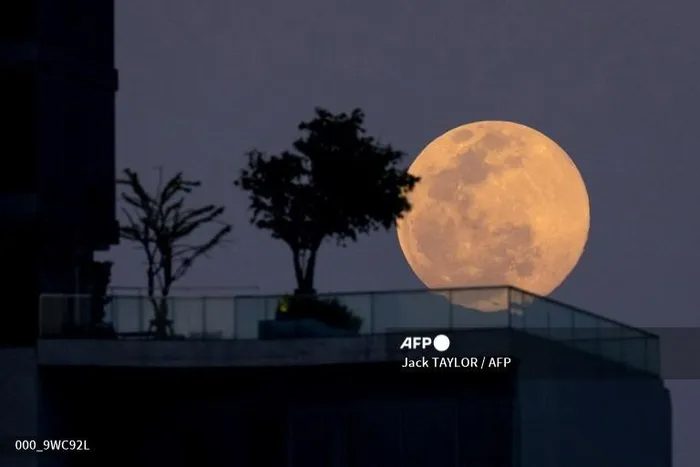
(Source: AFP)
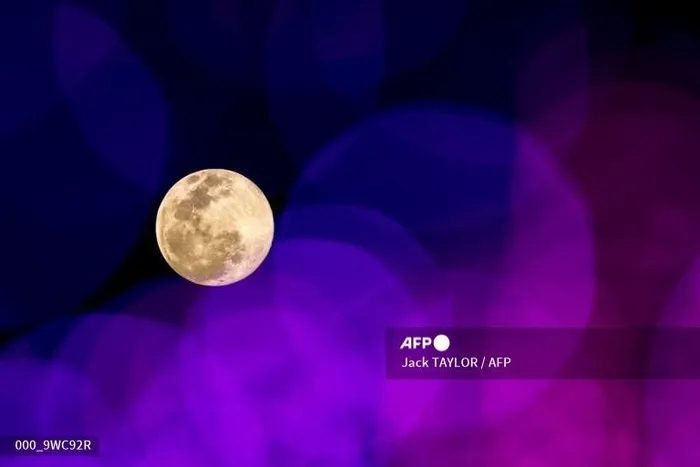
(Source: AFP)
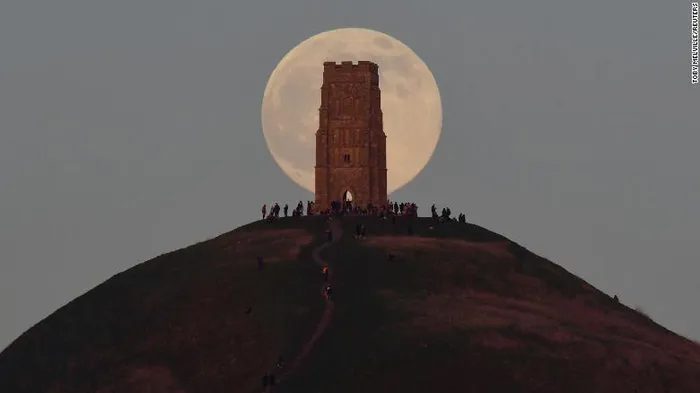
(Source: Internet)
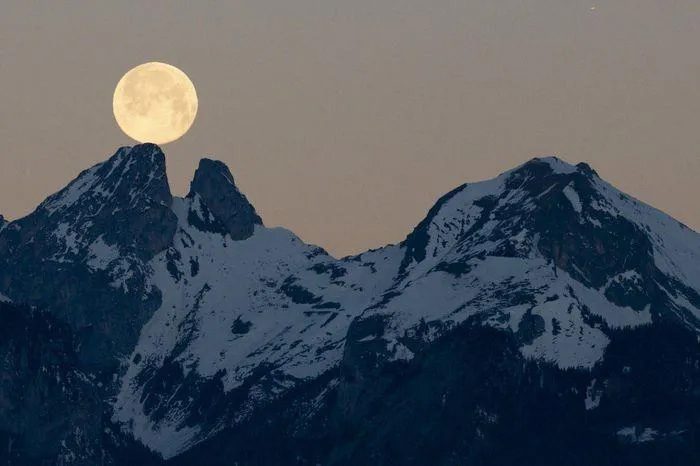
(Source: Internet)
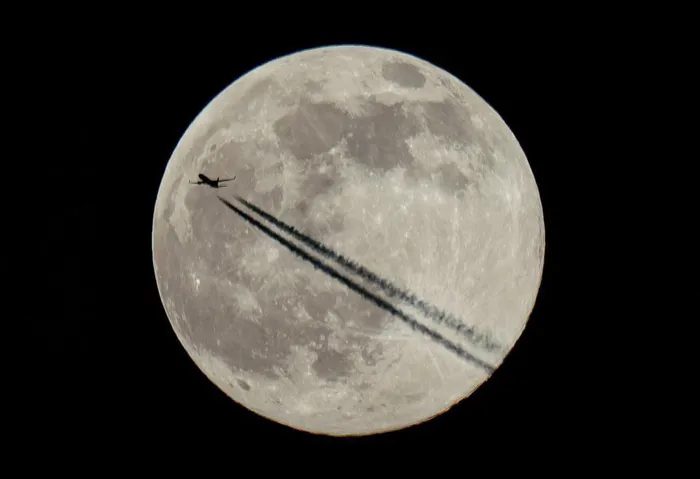
An airplane flying past the Wolf Moon in London, England. (Source: Internet)




















































